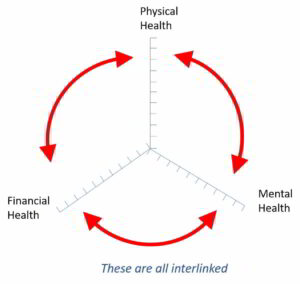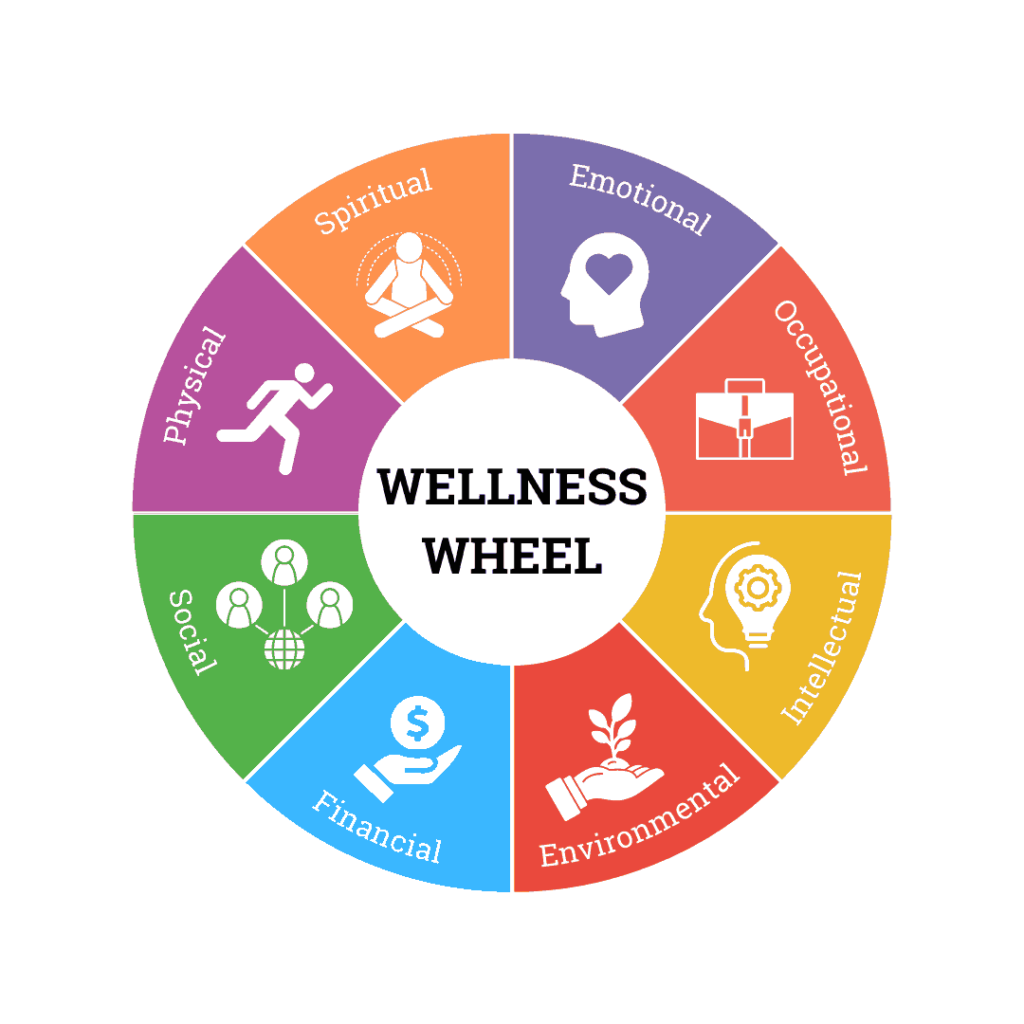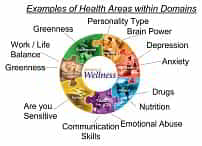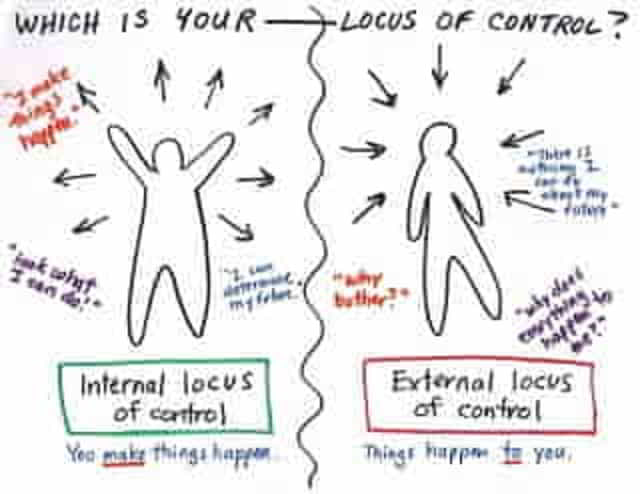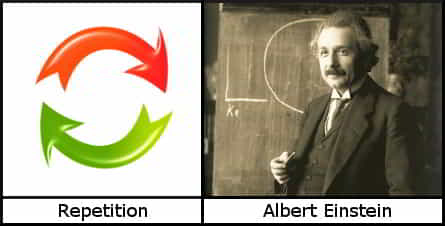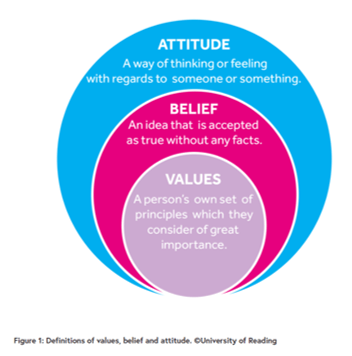Your Dashboard Tools
it's 06 Mar, 2025 6:00 am
Depression exercises
field_5f0c304c72876 - is the title of the exercise
Exercise Summary
The following was Written by Amy Marlow and published by healthline:
7 Strategies for Dealing with a Depressive Episode
I live with depression. Sometimes it’s major, sometimes it’s minor, and sometimes I can’t tell if I have it at all. But I’ve been clinically diagnosed for over 13 years, so I have gotten to know it pretty well.
Depression presents itself differently in each person. For me, depression feels like a deep, heavy sadness. Like a thick fog that slowly rolls in and envelops every part of me. It’s so hard to see my way out, and it blocks my vision of a positive future or even a tolerable present.
Through many years of treatment, I have worked hard to understand how I feel when depression comes back, and I’ve learned how to take the best care of myself when I feel sick
Main Activity
Study, educate and create an action plan of activity
The following was written by Jayne Leonard and published by MedicalNewsToday
1. Track triggers and symptoms
Keeping track of moods and symptoms might help a person understand what triggers a depressive episode. Spotting the signs of depression early on may help them avoid a full-blown depressive episode.
Use a diary to log important events, changes to daily routines, and moods. Rate moods on a scale of 1 to 10 to help identify which events or activities cause specific responses. See a doctor if symptoms persist for 14 days or more.
2. Stay calm
Identifying the onset of a depressive episode can be scary. Feeling panicked or anxious is an understandable reaction to the initial symptoms of depression. However, these reactions may contribute to low mood and worsen other symptoms, such as loss of appetite and disrupted sleep.
Instead, focus on staying calm. Remember that depression is treatable and the feelings will not last forever.
Anyone who has experienced depressive episodes before should remind themselves that they can overcome these feelings again. They should focus on their strengths and on what they have learned from previous depressive episodes.
Self-help techniques, such as meditation, mindfulness, and breathing exercises can help a person learn to look at problems in a different way and promote a sense of calmness. Self-help books and phone and online counselling courses are available.
3. Understand and accept depression
Learning more about depression can help people deal with the condition. Depression is a widespread and genuine mental health disorder. It is not a sign of weakness or a personal shortcoming.
Accepting that a depressive episode may occur from time to time might help people deal with it when it does. Remember, it is possible to manage symptoms with treatments, such as lifestyle changes, medication, and therapy.
4. Separate yourself from the depression
A condition does not define a person; they are not their illness. When depression symptoms begin, some people find it helpful to repeat: “I am not depression, I just have depression.”
A person should remind themselves of all the other aspects of themselves. They may also be a parent, sibling, friend, spouse, neighbour, and colleague. Each person has their own strengths, abilities, and positive qualities that make them who they are.
5. Recognize the importance of self-care
Self-care is essential for good physical and mental health. Self-care activities are any actions that help people look after their wellbeing.
Self-care means taking time to relax, recharge, and connect with the self and others. It also means saying no to others when overwhelmed and taking space to calm and soothe oneself.
Basic self-care activities include eating a healthful diet, engaging in creative activities, and taking a soothing bath. But any action that enhances mental, emotional, and physical health can be considered a self-care activity.
6. Breathe deeply and relax the muscles
Inhaling and exhaling slowly has psychological benefits.
Deep breathing techniques are an effective way to calm anxiety and soothe the body’s stress response. Slowly inhaling and exhaling has physical and psychological benefits, especially when done on a daily basis.
Anyone can practice deep breathing, whether in the car, at work, or in the grocery store. Plenty of smartphone apps offer guided deep breathing activities, and many are free to download.
Progressive muscle relaxation is another helpful tool for those experiencing depression and anxiety. It involves tensing and relaxing the muscles in the body to reduce stress. Again, many smartphone apps offer guided progressive muscle relaxation exercises.
We have reviewed some meditation apps that can help with depression and anxiety.
7. Challenge negative thoughts
Cognitive behavioural therapy (CBT) is an effective therapy for those with depression and other mood disorders. CBT proposes that a person’s thoughts, rather than their life situations, affect their mood.
CBT involves changing negative thoughts into more balanced ones to alter feelings and behaviors. A qualified therapist can offer CBT sessions, but it is also possible to challenge negative thoughts without seeing a therapist.
Firstly, notice how often negative thoughts arise and what these thoughts say. These may include “I am not good enough,” or “I am a failure.” Then, challenge those thoughts and replace them with more positive statements, such as “I did my best” and “I am enough.”
8. Practice mindfulness
Take some time every day to be mindful and appreciate the present moment. This may mean noticing the warmth of sunlight on the skin when walking to work, or the taste and texture of a crisp, sweet apple at lunchtime.
Mindfulness allows people to fully experience the moment they are in, not worrying about the future or dwelling on the past.
Research suggests that regular periods of mindfulness can reduce symptoms of depression and improve the negative responses that some people with chronic or recurrent depression have to low mood.
9. Make a bedtime routine
Sleep can have a huge impact on mood and mental health. A lack of sleep can contribute to symptoms of depression, and depression can interfere with sleep. To combat these effects, try to go to bed and get up at the same time each day, even at weekends.
Establish a nightly routine. Start winding down from 8 pm. Sip chamomile tea, read a book, or take a warm bath. Avoid screen time and caffeine. It may also be helpful to write in a journal before bed, especially for those whose racing thoughts keep them up.
10. Exercise
Exercise is extremely beneficial for people with depression. It releases chemicals called endorphins that improve mood. An analysis of 25 studies on exercise and depression reports that exercise has a “large and significant effect” on symptoms of depression.
11. Avoid alcohol
Alcohol is a depressant, and alcohol use can trigger episodes of depression or make existing episodes worse. Alcohol can also interact with some medications for depression and anxiety.
12. Record the positives
Often, depressive episodes can leave people focusing on the negatives and discounting the positives. To counteract this, keep a positivity journal or gratitude journal. This type of journal helps to build self-esteem.
Before bed, write down three good things from the day. Positives include regular meditation, going for a walk, eating a healthful meal, and so much more.
Video
Title
Summary
Play
Now you have to decide if you want this exercise to be part of your action plan.
If you don’t, then either hit the back arrow or click the button to go back to look at another exercise.
If you do, then carry on down the page and follow the instructions.
If you want to include this exercise in your action plan, select Yes from on the right then click the green button saying ‘Include this exercise’.
Sadly you’ll go back to the top of this page – please scroll down and fill in the bits that appear before here.
Add a comment
You can leave a comment below – we’ll get back to you.
